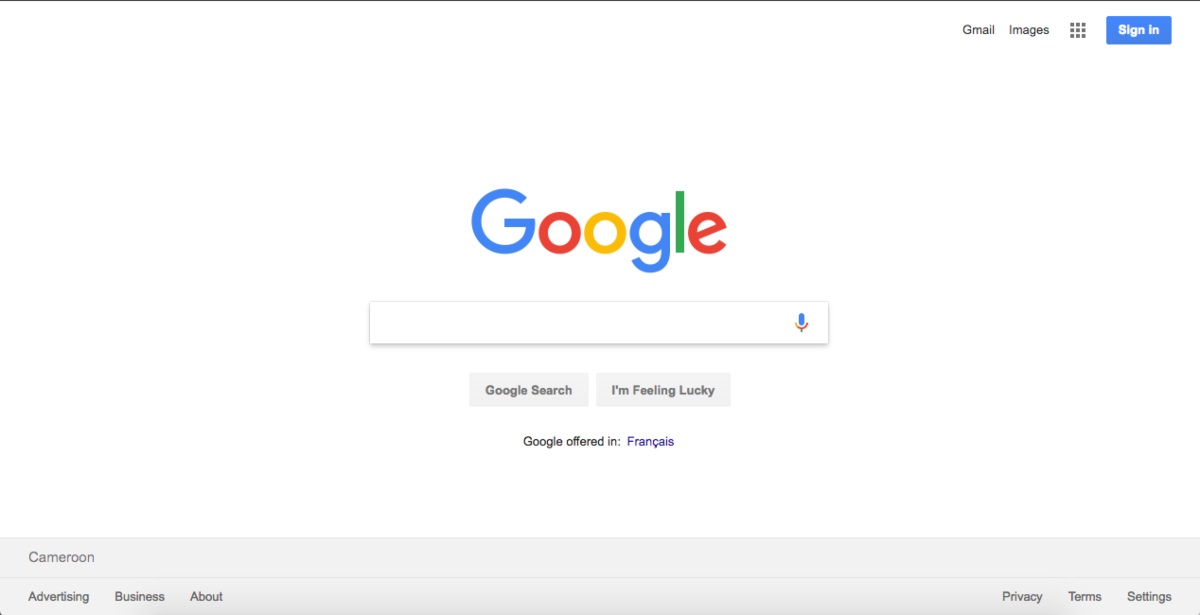Running ads on Google requires more than compelling copy and targeting know-how—it demands strict compliance with Google’s advertising policies. One of the most commonly overlooked yet critical policies is the age restriction. Whether you’re advertising alcohol, dating apps, or general content with age-sensitive elements, understanding Google Ads age restriction rules is vital.
In this post, we’ll discuss seven key facts about Google Ads age restriction, what they mean for advertisers, and how to stay compliant while maximizing ad performance.
1. Google Ads Has a Minimum Age Requirement for Account Holders
Before running any campaign, users must meet Google’s minimum age requirement to create a Google Ads account:
- In most countries, the minimum age is 18 years.
- This is based on the country’s legal age of majority and Google’s terms of service.
Creating an account under a false age can lead to permanent suspension.
2. Age Categories Restrict Certain Content
Google categorizes content based on audience suitability, especially for the following:
Age-Sensitive Categories
- Alcohol-related products
- Gambling and betting services
- Dating services
- Weight loss supplements
- Sexual health products
- Video games with mature content
Age-Gating Enforcement
- To enforce restrictions, Google uses automated signals, ad content, and landing page data.
- If your ad contains restricted content, it will only be shown to users above a certain age.
3. Google Uses User Age Data for Ad Targeting and Compliance
 Google personalizes ad delivery using user profile data, including:
Google personalizes ad delivery using user profile data, including:
- Age, gender, and location from Google Account settings.
- Behavioural signals such as browsing history and YouTube watch activity.
If your ad violates age-related policies, even unintentionally, it can be disapproved or restricted in visibility.
4. Misrepresenting Age-Sensitive Content Can Lead to Ad Disapproval
Google is strict about transparent representation. If you attempt to bypass age policies by:
- Omitting key age-relevant disclaimers
- Linking to landing pages with misleading content
- Using clickbait to lure underage users
your ad could be flagged, and your account may face policy violations or suspension.
State age restrictions in your ad text and landing page.
5. Location-Based Age Laws Also Apply
Different countries have different legal definitions of adulthood or age-based content regulation.
Examples
- In Germany, gambling ads can only target users 21+.
- In the U.S., alcohol-related ads are limited to audiences 21 and older.
- Some countries ban dating app ads altogether for users under 18.
Google automatically enforces regional restrictions based on geo-targeting settings and user IP location.
6. YouTube Ads Must Follow Additional Age Policies
If you’re running video ads on YouTube (through Google Ads), additional restrictions apply:
- Content flagged as “Made for Kids” cannot include age-restricted ad content.
- YouTube enforces strict COPPA compliance (Children’s Online Privacy Protection Act).
- Monetization settings must match the ad’s age eligibility.
Pro Tip:
- Always double-check your video content tags and ensure age-related products aren’t shown on youth-targeted channels.
Google Ads Age Restriction by Content Type & Region
| Content Type | Minimum Age Requirement | Policy Enforcement | Region-Specific Rules |
|---|---|---|---|
| Alcohol Ads | 21+ (US), 18+ (EU) | Strict Age Targeting + Geo | Not allowed in some countries (e.g., India) |
| Gambling & Betting | 18+ or 21+ | Age Gating + Licensing | Banned in many countries |
| Dating Apps | 18+ | Manual Review + Target Filters | Restricted in some conservative regions |
| Weight Loss Products | 18+ | Content & Landing Page Scan | Certain claims may lead to disapproval |
| Sexual Wellness Products | 18+ | Strict Policy Flags | Requires clear disclaimers and approved targeting |
| Video Games (Mature) | 17+ or 18+ | Based on ESRB/PEGI ratings | May vary based on regional age rating systems |
| General Ads (e.g., Retail) | No restriction | Standard Audience Filters | Must still comply with overall content policy |
7. Advertisers Can Customize Age Targeting – But With Limits
 Google Ads allows you to select age groups to target manually. For example, you can choose to show your ad only to users:
Google Ads allows you to select age groups to target manually. For example, you can choose to show your ad only to users:
- 18–24
- 25–34
- 35–44
- 45–54
- 55–64
- 65+
However, you cannot:
- Target minors (below 18) for restricted content
- Use “personalized” targeting based on sensitive demographic data (like sexual orientation or identity)
Violating these targeting policies can result in limited ad delivery or full ad suspension.
Conclusion
Understanding Google Ads age restriction rules isn’t just a technicality—it’s essential for compliance, trust, and campaign success. Whether promoting adult-only products or just running general ads, respecting age limits is a legal and ethical responsibility. Always align your campaign with Google’s advertising policies, leverage accurate targeting, and audit your content regularly to ensure you’re not unknowingly violating age rules.
Frequently Asked Questions(FAQs)
Can I run ads for alcohol on Google Ads?
Yes, but only in countries where alcohol advertising is allowed, and only to users of legal drinking age (usually 21+ in the U.S.).
How does Google detect a user’s age?
Google uses account data, browsing history, and YouTube activity to infer age and enforce appropriate ad restrictions.
What happens if I violate age restriction policies?
Your ad may be disapproved, your account could be suspended, and you may face long-term consequences for your brand’s trustworthiness.
Can I target users under 18 for general products?
Yes, but only if your ad and landing page content are not age-restricted and comply with all youth protection policies.
How do I avoid accidental age violations?
- Review your ad copy and landing pages
- Avoid suggestive or misleading content
- Use accurate targeting filters
- Stay updated with Google’s ad policies














